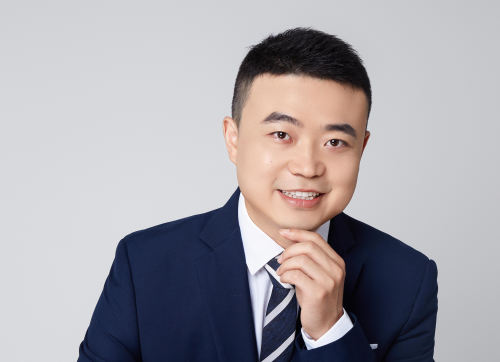Faculty
Brief Introduction
Bing Yang, Associate Professor in SUSTech. He studied physics in Harbin, China, where he got his bachelor’s degree in 2009. Moving to Hefei, he started his PhD at the University of Science and Technology of China (USTC). In 2012, he joined the Ruprecht-Karls-University in Heidelberg and worked with ultracold atoms in optical lattices. After receiving his doctorate in 2015, he continued studying the strongly correlated quantum gases in optical lattices as a post-doctoral fellow. In 2020, he moved to the University of Innsbruck where he studied ultracold highly magnetic atoms. His research interests mainly focus on quantum many-body physics, ultracold-atom-based quantum simulation and quantum computation.
Research Interests
Quantum many-body physics
Ultracold quantum gases
Quantum computation with neutral atoms
Quantum simulation and exotic quantum matters
Educational Background
2012. Sep - 2015. Jun PhD student, Physikalisches Institut, Ruprecht-Karls-Universität Heidelberg, Heidelberg, Germany
2009. Sep - 2012. Sep Graduated student, Department of Modern Physics, University of Science and Technology of China, Hefei, China
2005. Sep - 2009. Jul Undergraduate student, Harbin Institute of Technology, Harbin, China.
Professional Experience
2021. Aug – Now Associate Professor, Southern University of Science and Technology (SUSTech), Shenzhen, China
2020. Jan – 2021. Jun Senior post-doctoral fellow, Institut für Experimentalphysik, Universität Innsbruck, Innsbruck, Austria
2017. Dec – 2020. Jan Post-doctoral fellow, Physikalisches Institut, Ruprecht -Karls-Universität Heidelberg, Heidelberg, Germany.
2015. Jun – 2017. Dec Research assistant, Physikalisches Institut, Ruprecht -Karls-Universität, Heidelberg, Germany.
Honors & Awards
2021 Project supported by the National Science Fund for Distinguished Young Scholars of China
2021 National-level Talent in Shenzhen
Selected Publications
Research ID: O-3225-2017
1. H. Sun, B. Yang*, H.-Y. Wang, Z.-Y. Zhou, G.-X. Su, H.-N. Dai, Z.-S. Yuan* & J.-W. Pan*. Realization of a bosonic antiferromagnet. Nature Physics (2021). *Corresponding author
https://www.nature.com/articles/s41567-021-01277-1
2. B. Yang, H. Sun, R. Ott, H.-Y. Wang, T. V. Zache, J. C. Halimeh, Z.-S. Yuan, P. Hauke & J.-W. Pan. Observation of gauge invariance in a 71-site Bose–Hubbard quantum simulator. Nature 587, 392-396 (2020).
https://www.nature.com/articles/s41586-020-2910-8
3. B. Yang, H. Sun, C.-J. Huang, H.-Y. Wang, Y. Deng, H.-N. Dai, Z.-S. Yuan & J.-W. Pan. Cooling and entangling ultracold atoms in optical lattices. Science 369, 550-553 (2020).
https://www.science.org/doi/10.1126/science.aaz6801
4. B. Yang, H.-N. Dai, A. Reingruber, H. Sun, X.-F. Xu, Y.-A. Chen, Z.-S. Yuan & J.-W. Pan. Four-body ring-exchange interactions and anyonic statistics within a minimal toric-code Hamiltonian. Nature Physics 13, 1195 (2017).
https://www.nature.com/articles/nphys4243
5. B. Yang, Y.-Y. Chen, Y.-G. Zheng, H. Sun, H.-N. Dai, X.-W. Guan, Z.-S. Yuan & J.-W. Pan. Quantum criticality and the Tomonaga-Luttinger liquid in one-dimensional Bose gases. Physical Review Letters 119, 165701 (2017).
https://journals.aps.org/prl/abstract/10.1103/PhysRevLett.119.165701



